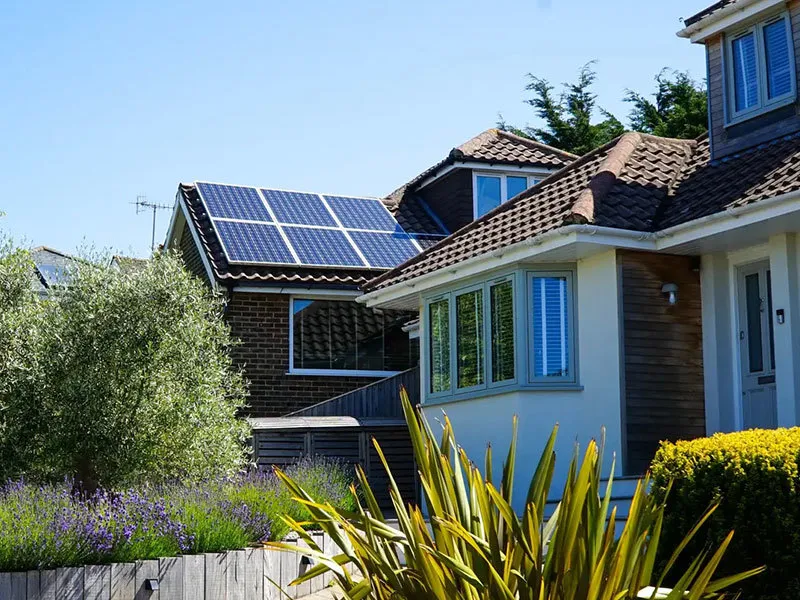connecting solar panels in parallel
Connecting Solar Panels in Parallel A Comprehensive Guide
Solar energy has emerged as one of the most promising renewable energy sources in the face of dwindling fossil resources and growing environmental concerns. For homeowners and businesses looking to harness the power of the sun, understanding how to connect solar panels effectively is crucial. Among the various configurations available, connecting solar panels in parallel is a common practice that enhances performance and reliability. This article explores the benefits, considerations, and methods of connecting solar panels in parallel.
Understanding Parallel Connection
When solar panels are connected in parallel, the positive terminals of each panel are connected to one another, and the same is done with the negative terminals. This configuration allows the voltage of each individual panel to remain the same while increasing the overall current (amperage) supplied to the system. For example, if two 12V panels are connected in parallel, the voltage remains at 12V, but the total current is the sum of the currents of the individual panels.
Benefits of Parallel Connections
1. Increased Current Output The primary advantage of connecting solar panels in parallel is the consolidated increase in current. For users needing higher power output, this can be especially beneficial. For instance, if one panel produces 5A and another 7A, their parallel connection yields a total current of 12A.
2. System Flexibility Parallel connections offer greater flexibility in system design. Users can easily add more panels without significantly affecting the voltage of the entire system. This can be particularly handy when expanding a solar array over time.
3. Partial Shading Tolerance When a solar panel setup experiences shading, the performance of the affected panel can decrease significantly. However, in a parallel connection, other panels unaffected by shading continue to produce their rated output. This is a stark contrast to series connections where one shaded panel can diminish the performance of all others.
4. Simplified Troubleshooting If one panel fails, the rest of the panels in parallel can continue to function normally. This fault tolerance makes the system more reliable and easier to troubleshoot.
Considerations for Parallel Connections
While there are many advantages to connecting solar panels in parallel, there are also some considerations to keep in mind
1. Matching Panels For optimal performance, it is recommended that solar panels connected in parallel have similar voltage ratings and power outputs. Mismatched panels can lead to imbalances that may cause inefficiencies and reduce the overall output.
connecting solar panels in parallel

2. Wiring and Circuit Protection Adequate wiring must be used to handle the increased current resulting from parallel connections. Additionally, proper fuses or circuit breakers are necessary to protect against overloads and short circuits.
3. Inverter Compatibility When connecting multiple panels in parallel, ensure that the inverter is compatible with the total current. Inverters have maximum current ratings, and exceeding these can lead to overheating and failure.
4. Voltage Drop While connecting in parallel allows for lower voltage drops due to shorter distances, long wire runs can still contribute to voltage drops. It is imperative to consider wire gauge; using larger diameter wire can help mitigate this issue.
The Connection Process
Connecting solar panels in parallel involves several straightforward steps
1. Prepare the Site Ensure that the installation site is clean and properly sets up for solar panel mounting.
2. Connect the Panels Use appropriate connectors to link the positive terminal of one panel to the positive terminal of the next and do the same for the negative terminals.
3. Connect to the Charge Controller/Inverter Once the panels are connected in parallel, connect the combined output to a charge controller or inverter, following the manufacturer’s specifications.
4. Testing the System After completing the setup, it is crucial to test the system to ensure everything is functioning efficiently. Check connections, resistance, and ensure no shorts are present.
Conclusion
Connecting solar panels in parallel can be an effective way to enhance the efficiency and reliability of a solar power system. By understanding the benefits, considerations, and proper methods of connection, users can maximize their solar energy potential. As the solar industry continues to grow, mastering these concepts will empower individuals and organizations to contribute meaningfully to a sustainable energy future. With thoughtful planning and execution, solar energy can indeed power our lives responsibly and effectively.
-
Unlocking Energy Freedom with the Off Grid Solar InverterNewsJun.06,2025
-
Unlock More Solar Power with a High-Efficiency Bifacial Solar PanelNewsJun.06,2025
-
Power Your Future with High-Efficiency Monocrystalline Solar PanelsNewsJun.06,2025
-
Next-Gen Solar Power Starts with Micro Solar InvertersNewsJun.06,2025
-
Harnessing Peak Efficiency with the On Grid Solar InverterNewsJun.06,2025
-
Discover Unmatched Efficiency with the Latest String Solar InverterNewsJun.06,2025







